Tom Cruise Deemed Unrecognizable in New Pics With Prince William, as Some Say He Had “Too Much Surgery”

The Earth has three main layers. Two parts of the core: the dense, hot inner core and the molten outer core. Then comes the mantle. And then follows the thin crust — the surface that supports life as we know it. At least that’s what we thought because now scientists found a new mysterious layer located deep within the solid inner core.
Earth’s inner core is approximately 2/3 the size of the Moon and made of nickel and solid iron. It’s burning hot. The temperature at the center of our planet is the same as at the surface of the Sun. The outer core can reach almost 10,000 F (5,500 C).
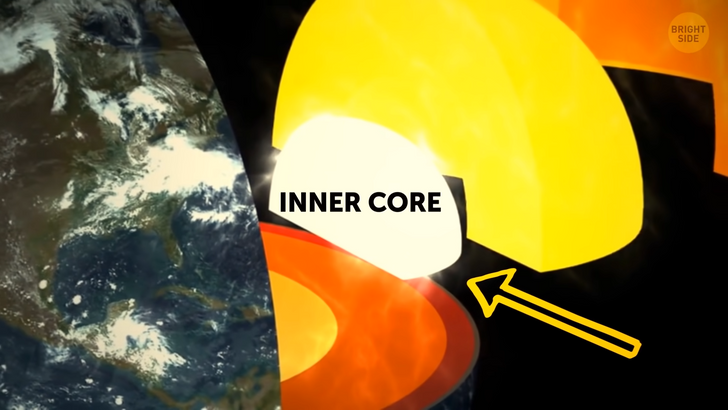
It’s difficult to explore it because we can’t go there — and it’s like looking through a really dirty window of 3,200 miles of molten metal and rocks. But we can rely on laboratory experiments on heated pressurized rocks, signals from seismic waves, and computer models. When an earthquake hits, it sends out seismic shock waves. Those waves travel through layers at a different speed, depending on the direction they go and the material they move through.
In the new study, a team of scientists set a dataset of 100,000 deep earthquakes. Some of them went over 60 miles below the surface. When an earthquake happens on one side of our planet, scientists track its waves all along to the other side. Waves change when they come to the other side, so scientists try to understand the materials these waves have passed through.
They found a new layer in the core of our planet thanks to earthquakes. Normally, shockwaves travel along the equator, but down below, they digress and go in different directions — about 60 degrees to the side. When waves pass through the inner core going from North to South, they will travel more quickly than waves going through the core parallel to the equator.
It’s important to understand the core because it creates our magnetic field — which, in turn, protects the planet from things like solar winds that are charged particles coming from the Sun. In the 1960s, we discovered the Earth pulsates every 26 seconds. It’s like clockwork, a giant heartbeat. The ground is slightly shaking, but we mostly don’t feel it.
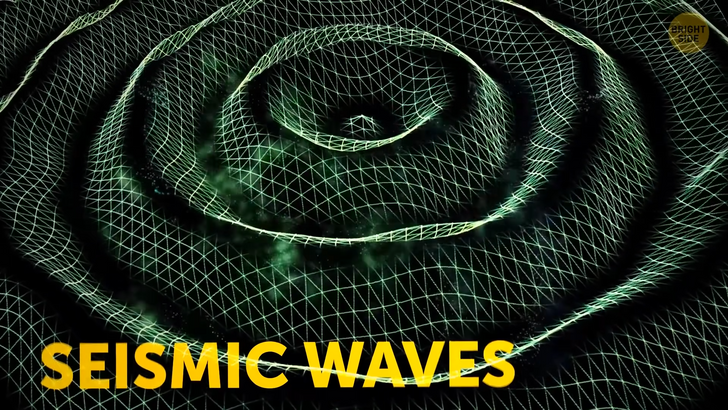
Researchers can still track it. Some of them think the continental shelf comes as a huge wave break under the oceans. For example, the highest part of the North American continent falls off into a deep abyssal plain. One theory says waves hit this spot producing regular pulses.
It’s like having all kinds of drums. You hit them with your hands and accidentally slam that one spot that produces the right harmonic bang to rattle our entire planet. If this theory is true, we’re lucky there are no more spots like this that can shake the Earth. Other scientists believe the pulsation happens because there’s a volcano near the critical spot [the island of São Tomé in the Bight of Bonny].
You’re walking, running, jumping — but when you stop, it always feels like you’re standing still. In reality, you’re moving even when you’re perfectly still because our planet is always on the move. Depending on where you’re at, you could be spinning through the universe at more than 1,000 mph [(1,600 kmh)].
If you’re on the equator, you’ll move the fastest. Let’s say you have a basketball spinning on your finger. Check the ball’s equator. A random point on it has farther to go in just one spin than any point near your finger. That means the point on the equator is moving more quickly.
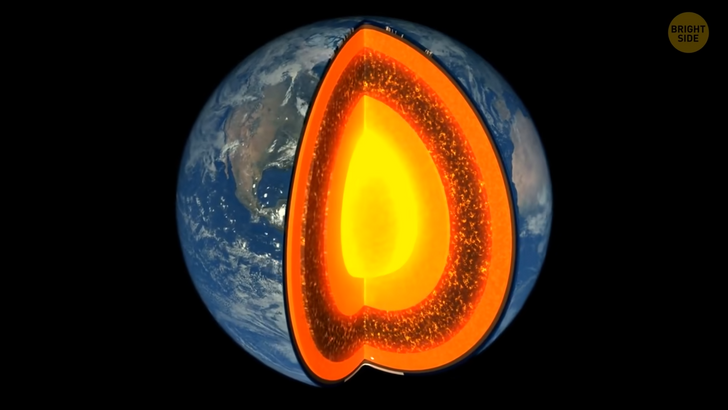
The Earth is a planet that recycles all the time. The ground we’re walking on is recycled. Our planet’s rock cycle [magma, igneous rock, sediment, metamorphic rock, sedimentary rock, sediment] turns rocks of one type into another. That’s a cycle that goes on and on. The depths of our planet are filled with magma. As magma is going out on the surface, it hardens into rock.
Tectonic processes like volcanic activity, earthquakes, mountain-building, and all the other processes that shape the surface of our planet bring that rock to the Earth’s surface. When the rock is on the surface, erosion shapes it and shaves its bits off. Those small particles then get deposited. All the pressure coming from above compacts the particles into sedimentary rocks, like, for example, sandstone.
Sedimentary rocks can also end up deeper and deeper under the Earth’s surface. Since there’s a lot of heat and pressure, they get “cooked” into metamorphic rocks. They can go back to the surface once again or even end up being re-eroded. Sometimes the crust plates are pushing one under another, and this way, rocks can transform into magma once again.
We’ve explored only 5% of the ocean so far. The ocean itself, as well as life below the seafloor, is still a mystery. The sediments that are underlying our oceans are home to different microorganisms that exist even at depths of 1.5 miles [(2.5 km)] beneath the seafloor. There are microbes hidden deep inside volcanic rocks below the seafloor off the parts of the Pacific, hidden under 870 feet [(265 m)] of sediment.
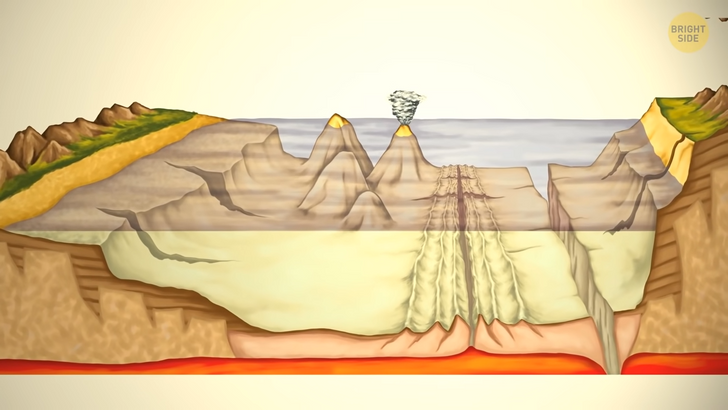
The biosphere under the seafloor is growing extremely slowly compared to life on the surface. Cell division happens every 10 to 1000 years. Something’s different about the Earth’s axis. Climate changes, and melting glaciers, mostly in the regions like the Himalayas and Alaska, made the axis shift.
Our planet has two kinds of poles: the first are the south and north magnetic poles. They affect things such as drift and navigation. The axis that the Earth is spinning around is another kind of pole. It shifted a little bit over time, but we don’t know exactly why.
Researchers realized there are moving masses of water pushing the Earth’s axis eastward. Take a basin of water as an example. If you’re moving it back and forth, sloshing makes the water move its weight all around. A similar thing is happening on a planetary level. No matter how large an earthquake is, no human could ever “feel” an earthquake on the opposite side of the Earth, although some people claim they did.
In 2013, there was one near the Kuril Islands with a magnitude of 8.5. It went around 400 miles [(650 km)] deep. It was so strong people in Australia reported they could feel the ground shaking. The strongest earthquake happened in Chile, in 1960, with a magnitude of 9.5. The rupture zone stretched from 311 miles [(500 km)] to almost 620 miles [(1,000 km)] along the country’s coast.
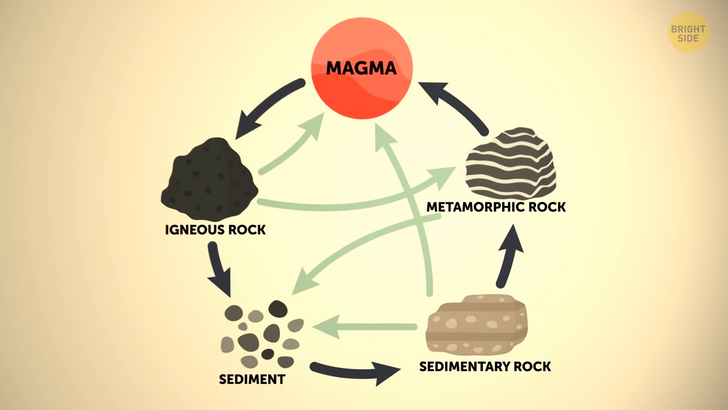
Earthquakes with a magnitude of 10 or higher can’t happen. The magnitude depends on the length of the fault where it occurs. The longer the fault, the bigger the earthquake. A fault is a break in a part of the planet’s crust. It has rocks on both sides, and they move past each other.
We haven’t found a fault long enough to generate earthquakes with a magnitude of 10 or more. If it happened, it would extend around most of our planet. An earthquake with a magnitude of 12 would require a fault larger than our planet. One side of our planet is getting colder than the other. The Earth has a system that keeps it warm from the inside — a red hot liquid interior deep below the surface.
It spins and, at the same time, generates a magnetic field and gravity. That way, the Earth’s core holds the atmosphere closer to the planet’s surface. The Earth also absorbs heat from the Sun, mostly on the surface. The heat doesn’t spread equally on all parts of the Earth.
One side of the planet, the Pacific hemisphere, is losing heat more quickly than another, the African hemisphere. This happens because land traps more heat than the surface under the ocean. The seafloor is way thinner than the landmass. Also, the temperature caused by the heat coming from inside the Earth is getting lower because of huge amounts of cold water above it.
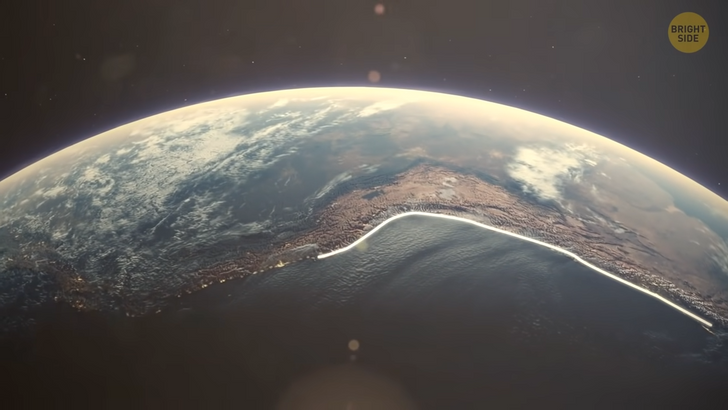
Clouds are not just like some fluffy distant pieces of cotton — they weigh more than a million pounds [1.1 million pounds] and help regulate our planet’s temperature. If you take all the water droplets in clouds and bring them to the surface, you could cover the planet with a liquid layer as thin as human hair.
It doesn’t seem like a lot, but this water is crucially important for climate. We’d have warmer temperatures if it weren’t for the clouds.











